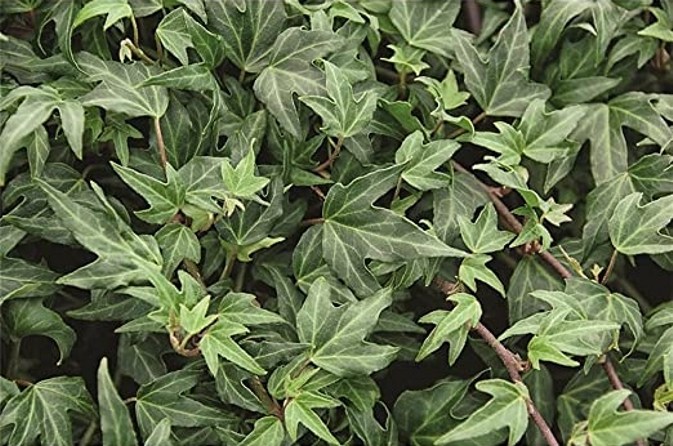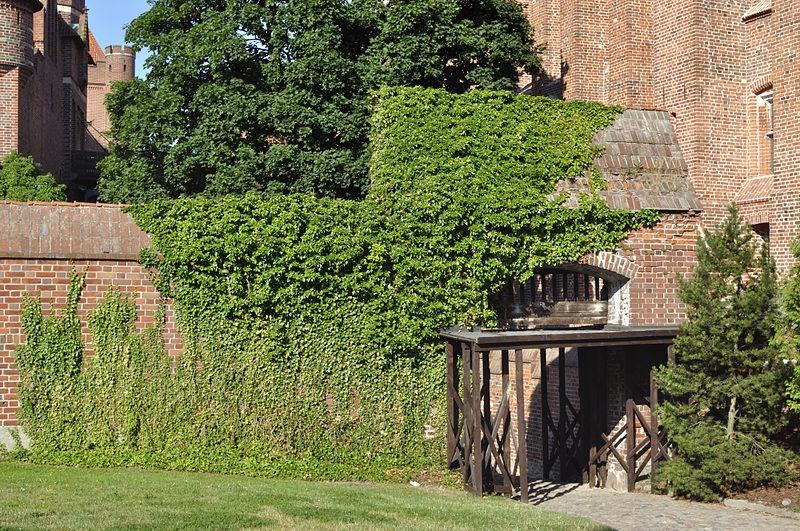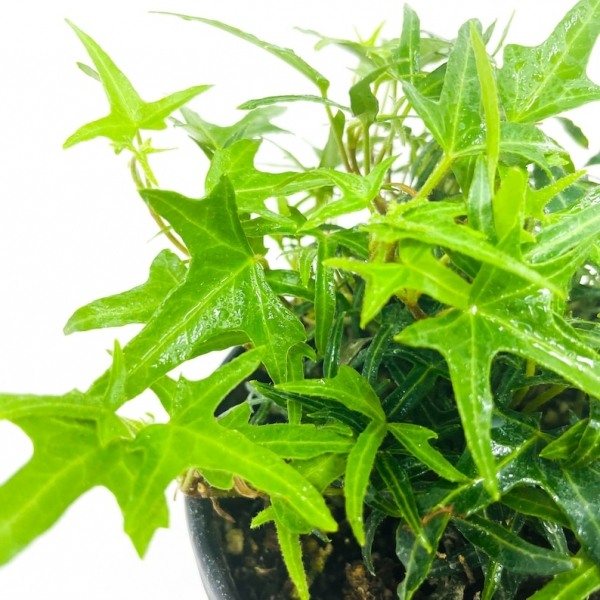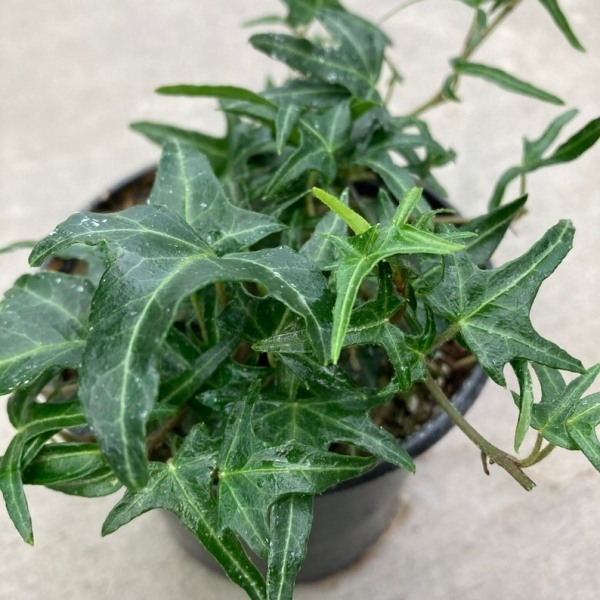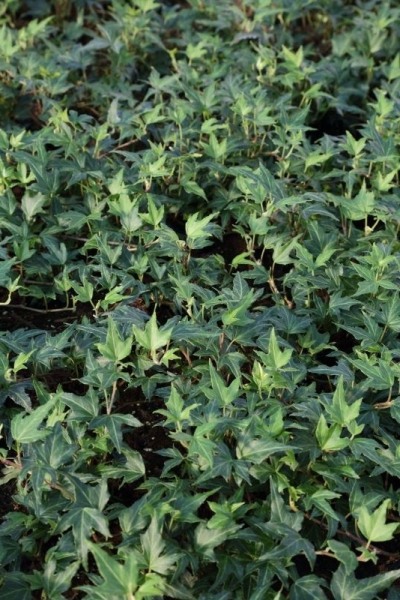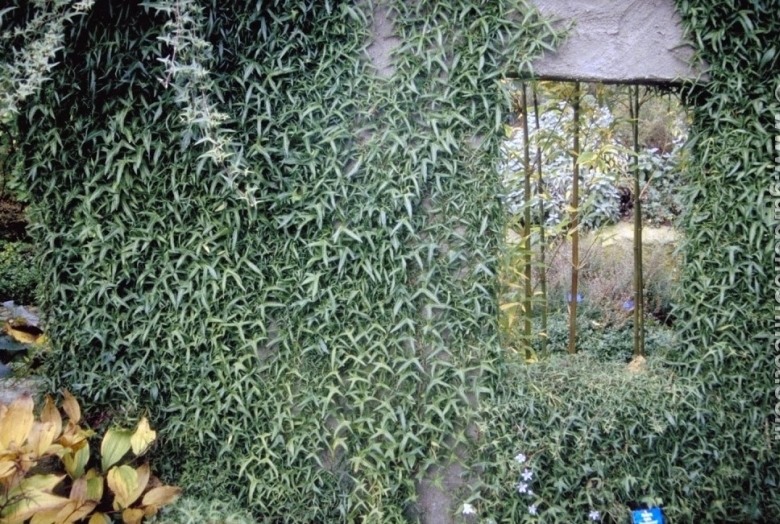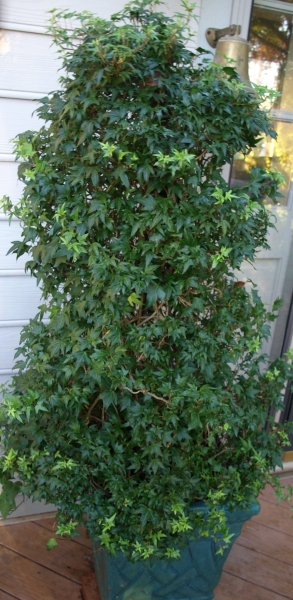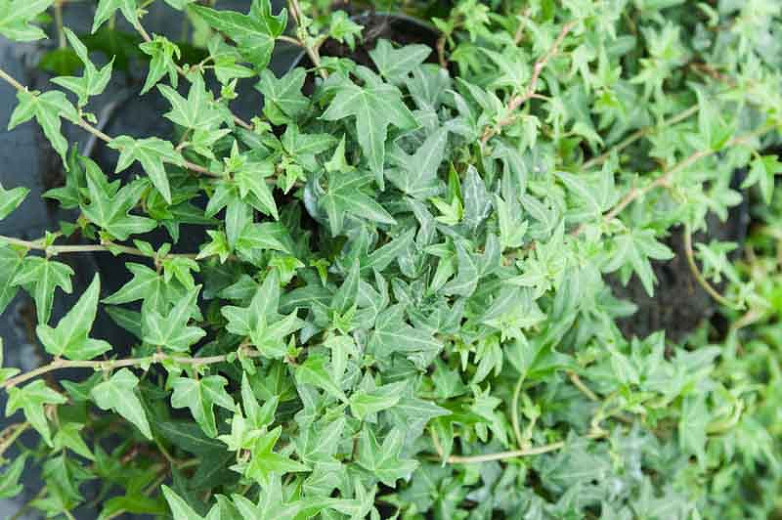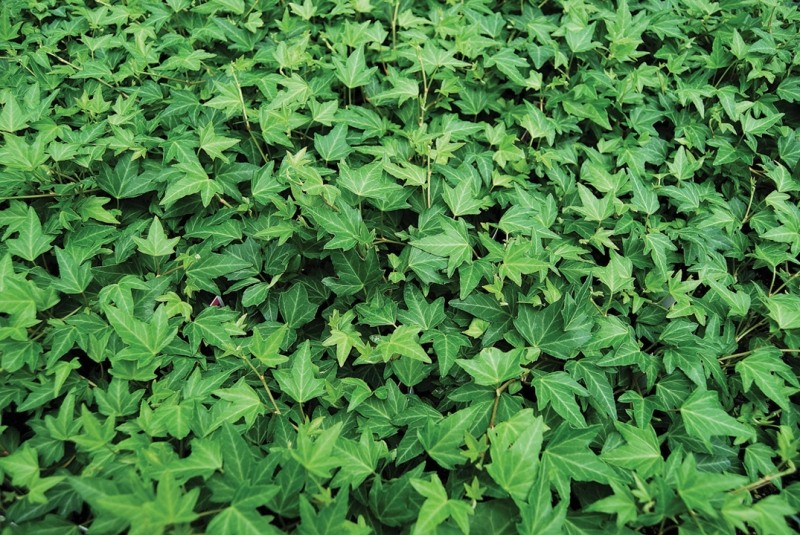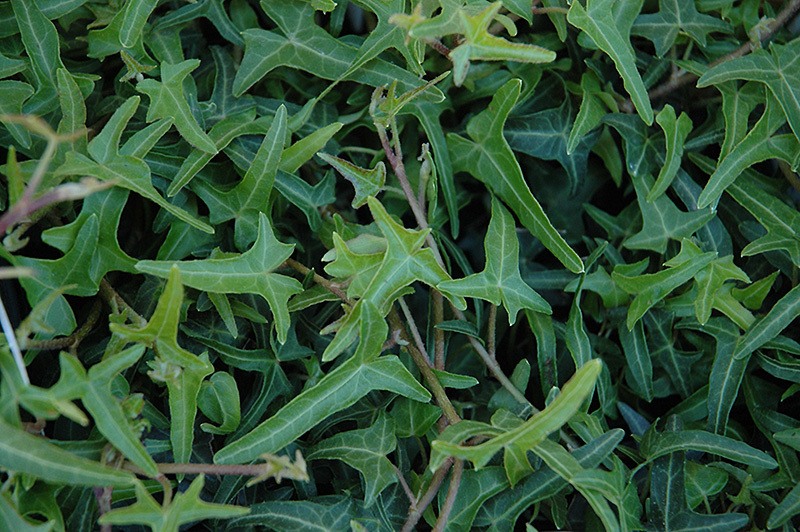Needlepoint English Ivy
| ivy |
It is a evergreen, perennial vine, see how the Needlepoint english ivy looks like in the garden and landscape.
Needlepoint English Ivy is suitable for growing in USDA hardiness zones: 5a, 5b, 6a, 6b, 7a, 7b, 8a, 8b, 9a, 9b, 10a, 10b, 11a, 11b. Other winter zone scales for planting this ivy are ANBG: 1, 2, 3, 4, 5; RHS: H7, H6, H5, H4, H3, H2, H1c; PHZ: 6a, 6b, 7a, 7b, 8a, 8b, 9a.
Ivy details
| Plant type | vine, ornamental, groundcover, toxic, containers | ||||||||
| Life cycle | perennial, evergreen | ||||||||
| Sun needs | shade, part shade, full sun, part sun | ||||||||
| Growth habit | climbing, trailing, cascading, creeper, spreading | ||||||||
| Flowering period | summer, fall | ||||||||
| Height at maturity | 60 m - 150 m | ||||||||
| Spacing | 30 sm - 60 sm for mass plantings | ||||||||
| Soil type | loamy, sandy, clay, silty | ||||||||
| Soil moist/drainage | well drained moist | ||||||||
| Soil PH | 5.5 - 6.5 (moderately acidic - neutral) | ||||||||
| Water needs | average, low when established | ||||||||
| Maintenance / care | low, average | ||||||||
| Resistance to | deer, drought, heat, insect, rabbit, deep shade | ||||||||
| Gardens types | container | ||||||||
Winter hardiness zones:
| |||||||||
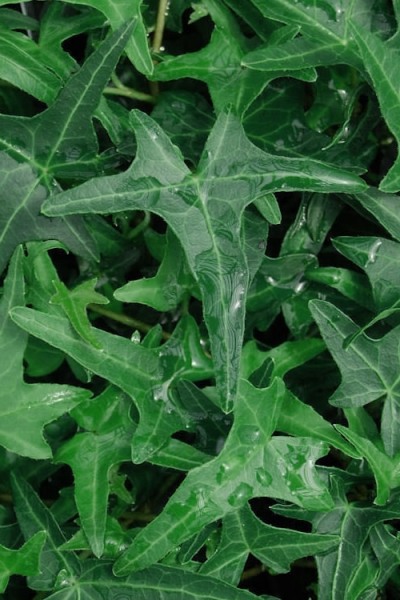 English Needlepoint ivy (Hedera helix) is a species of flowering plant of the ivy, native to most of Europe and western Asia.
English Needlepoint ivy (Hedera helix) is a species of flowering plant of the ivy, native to most of Europe and western Asia.
The leaves are of two types, with palmately five-lobed juvenile leaves on creeping and climbing stems, and unlobed cordate adult leaves on fertile flowering stems exposed to full sun, usually high in the crowns of trees or the top of rock faces.
The flowers are produced from late summer until late autumn, individually small, in 3-to-5 cm-diameter (1.2-to-2.0 in) umbels, greenish-yellow, and very rich in nectar, an important late autumn food source for bees and other insects.
Needlepoint Ivy is perfect for hanging baskets or other containers, or as a groundcover or as a clinging vine for a stone wall. After a year or two of setting down roots, it will become vigorous in its spread.
One of the most ornamentally attractive ivies, Needlepoint Ivy is as equally at home outdoors as it is indoors. Makes a very pretty carpet in the landscape and is a very spilling over the edges of pots, planters and other containers.
As with any self-climbing facade green, some care is required to make best use of the positive effects: Needlepoint ivy covering the walls of an old building is a familiar and often attractive sight. It has insulating as well as weather protection benefits, dries the soil and prevents wet walls, but can be problematic if not managed correctly.
Additionally, ivy can quickly invade gutters and roofspaces, lifting tiles and causing blockages. It also harbors mice and other creatures. The plants have to be cut off at the base, and the stumps dug out or killed to prevent regrowth.
Therefore, if a green facade is desired, this decision has to be made consciously, since later removal would be tedious.
Ivy plants can be invasive so make sure to control their spread when growing near woodland areas. Also parts of Baltic ivy are known to be toxic to humans and animals, so care should be exercised in planting it around children and pets. Harmful if eaten, skin irritant.
Needlepoint English Ivy @ wikipedia.
Needlepoint English Ivy in the landscape and gardening
Also ivy species
| 1 | Why you should get rid of your English ivy discussion related to any ivy |
| 2 | The ivy is medium poisonous to humans, cats, dogs and horses |
